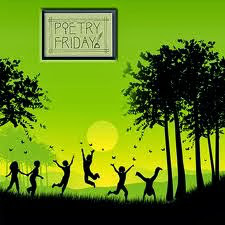
This month, Inkling Mary Lee Hahn challenged the group to write a poem to define or exemplify a poetic device or form. She was inspired by two books, The Craft of Poetry by Lucy Newlyn and Inside Out by Marjorie Maddox. I remembered a set of poems I wrote using the definito form to define a poetic device.
Another Inkling partner Heidi Mordhorst created the definito form which is a poem written for children in 8-12 lines that defines a word. The word appears as the last word of the poem. Today’s poems define alliteration, imagery, personification, and meter.

Poetic Devices Definitos
Letters, linked
and lively,
Lindy-hopping-
Notice how
some sounds repeat
Tongue twister
Word sister…alliteration.Make a movie
in your mind
Imagine all
that tastes, feels, sounds–
hands gripping,
feet slipping,
Writers show me
how to see
with imagery.If the wind waves
If flowers wink
If hummingbirds tell a tale.
A thing you know
A thing you love
becomes a person
real and alive
walking across the page
personification.Can you tap out a beat?
Margaret Simon, 2021
ta da, ta dum, ta dee!
Count the upbeats?
one, two, three
A poem may rhyme
but the rhythm is clear
Iambic,
dactylic,
pentameter
words for the beat
Tap, tap…meter.
Other poems for this challenge:
Heidi @ My Juicy Little Universe
Linda @ A Word Edgewise
Catherine @ Reading to the Core
Mary Lee @ A(nother) Year of Reading
Molly @ Nix the Comfort Zone

Write Out 2021 (#writeout) is getting ready to launch this October 10th and will run through the 24th. This year’s theme—Palettes, Storyboards, and Cadences—is meant to support you as you explore the natural world and public spaces around you, while engaging as writers and creators who share in a connected virtual community.
This summer I worked with the National Writing Project on creating prompts for writing with Write Out. This two-week event encourages you to get outdoors and write. A number of National Parks have created videos for students to inspire writing. You can sign up at the NWP website to receive updates.


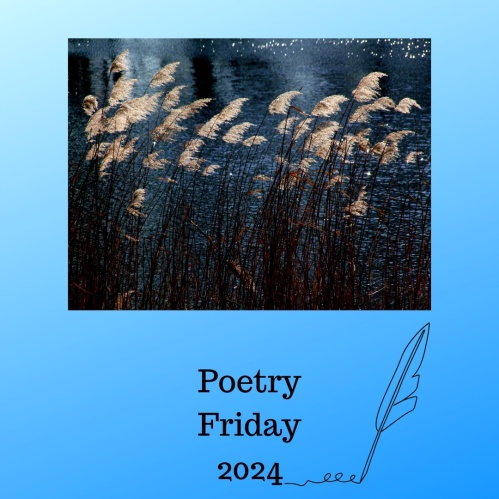

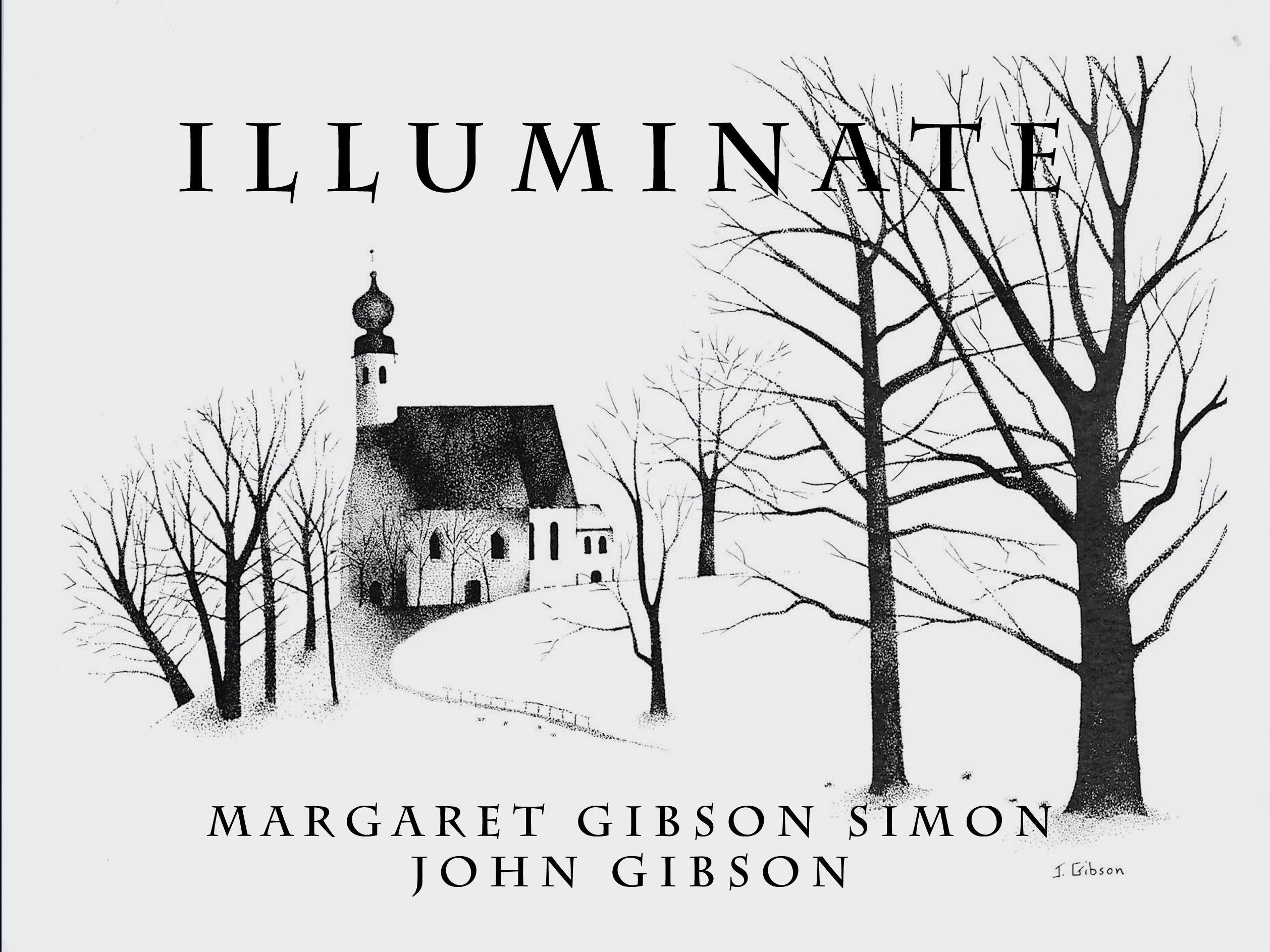

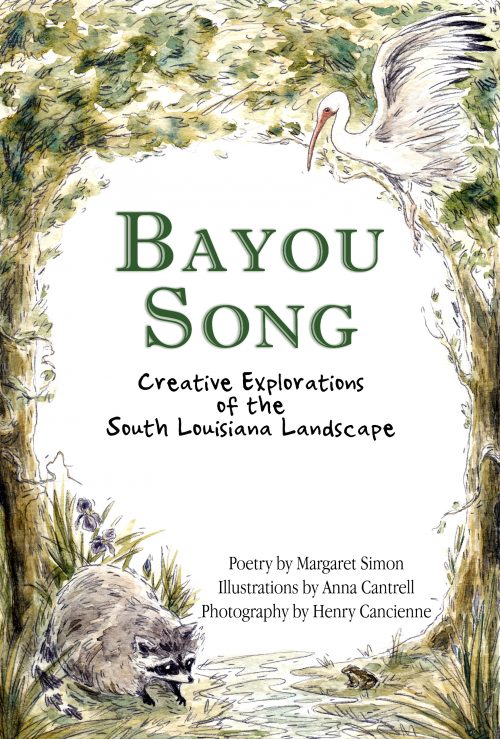
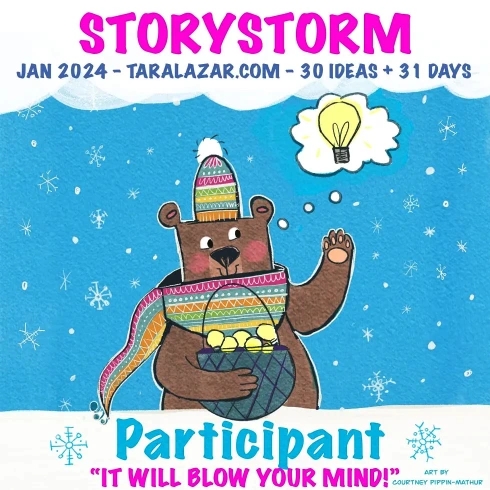
What a fabulous way not only to teach a device or form, but to challenge our own brains to show it in action. Thank you for sharing!
Your poems belong in Newlyn’s book! They better define these poetic techniques than many of her poems! Huzzah!
What a great exercise for students to explain what they’ve learned across the curriculum.
This was a hard project but you actually nailed down both the definition and the poetry bits. I especially like the tap-tapping meter.
Margaret, I love this form. I will have to try it as well as the form our host, Catherine shared today! All of your poems are great but I especially like imagery and meter. Extremely well done! Thank you for sharing! You’ve inspired me!
Margaret, what a perfect form to use for your poetic devices. Those will be treasures for you in the classroom. (Maybe on posters?)
I love:
“Tongue twister
Word sister…alliteration”
and
“Writers show me
how to see
with imagery.”
I signed up for the October Write Out! Looking forward to it. Thanks for telling us about it.
Lindy-hopping letters is my favorite! Although winking flowers and waving wind are pretty close. So fun.
These are wonderful, Margaret! I especially love the repetition in the personification poem and those “lively Lindy hopping” letters! Thank you, too, for the reminder about Write Out. I saw this on Twitter a while ago, but of course completely forgot about it.
Those are a great response to the challenge!
Great stuff! I think I like the imagery one the best. Ruth, thereisnosuchthingsagodforsakentown.blogspot.com
I love seeing these again, Margaret…personification is my favorite, I think! And thanks for letting us know about #WriteOut! Is this the same as the NOLA event or another one? I’m following on Twitter….
#WriteOut partners National Parks with National Writing Project with videos and writing prompts for students.
Love your “Tongue twister
Word sister…alliteration.”
poem Margaret, so lively and moving, and your additional poems here, thanks Margaret!
I’m late in reading Poetry Friday posts, Margaret, but I’m glad I made it here. I love these poems, especially imagery and personification. In case you missed my reply to your comment on my post, I said:
>>When I work with young writers I often find they prefer writing within a structure. I think it gives them a starting point. Hope your students enjoy the unit!<<
Thanks also for the info on WriteOut. I didn't know about it.